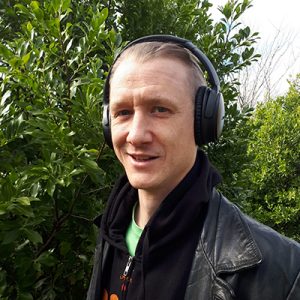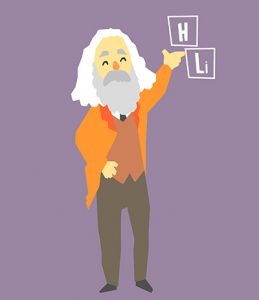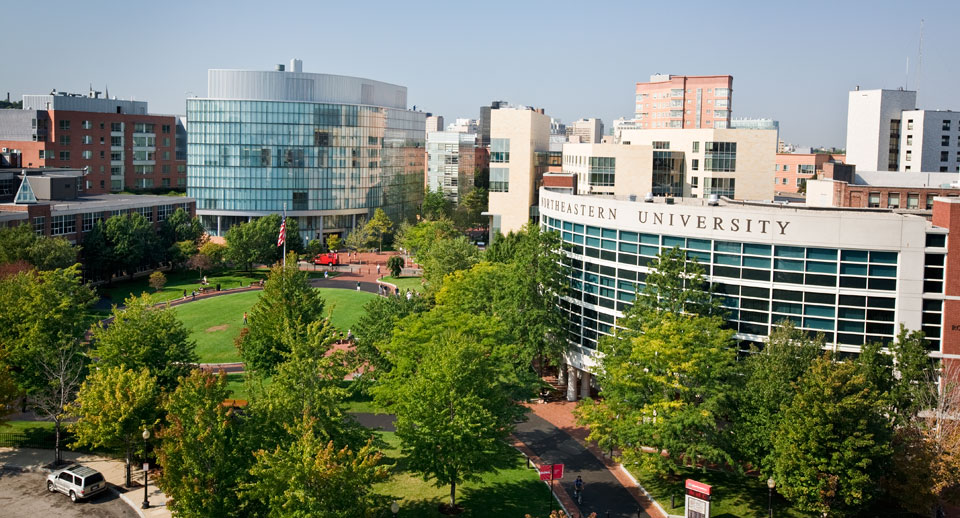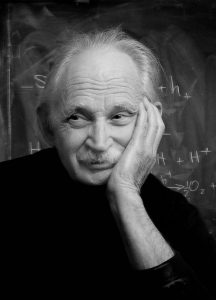 ECS short courses are all-day classes designed to provide students or the seasoned professional an in-depth education on a wide range of topics.
ECS short courses are all-day classes designed to provide students or the seasoned professional an in-depth education on a wide range of topics.
Register online today!
Early registration ends April 22, 2019.
ECS short courses will be offered on Sunday, May 26, 2019.
These small classes, taught by industry and academic leaders, are an excellent opportunity to receive personalized instruction, helping both novices and experts advance their technical expertise and knowledge. (more…)










